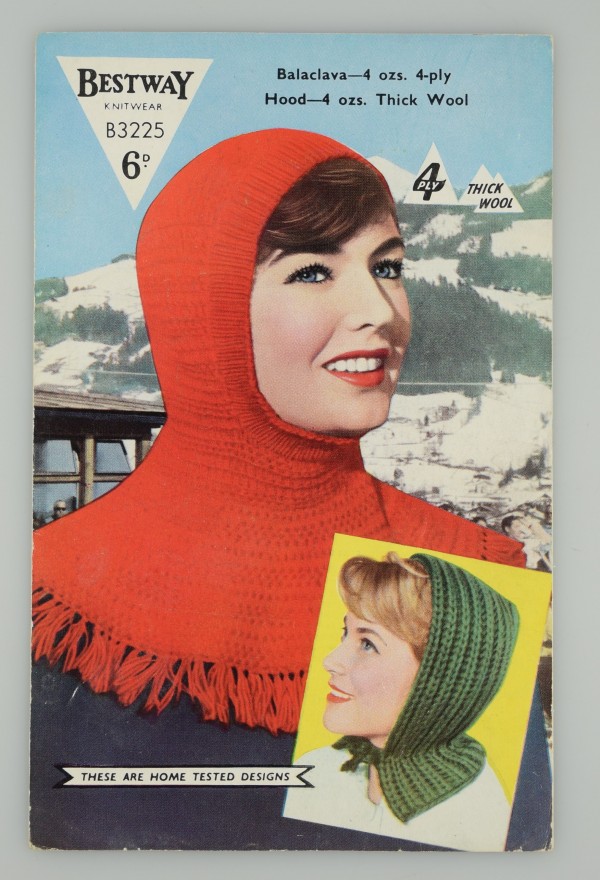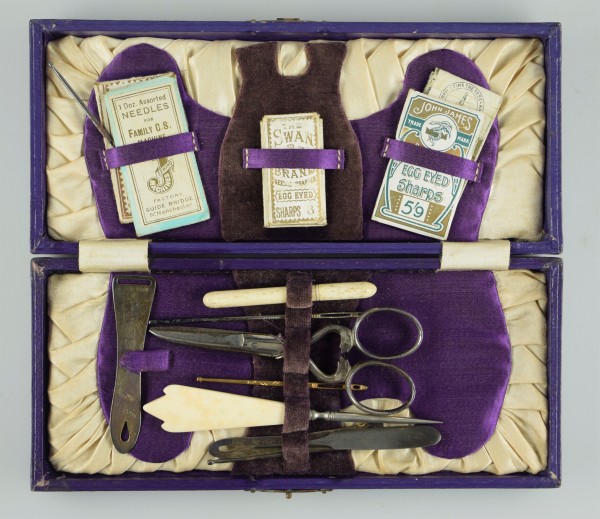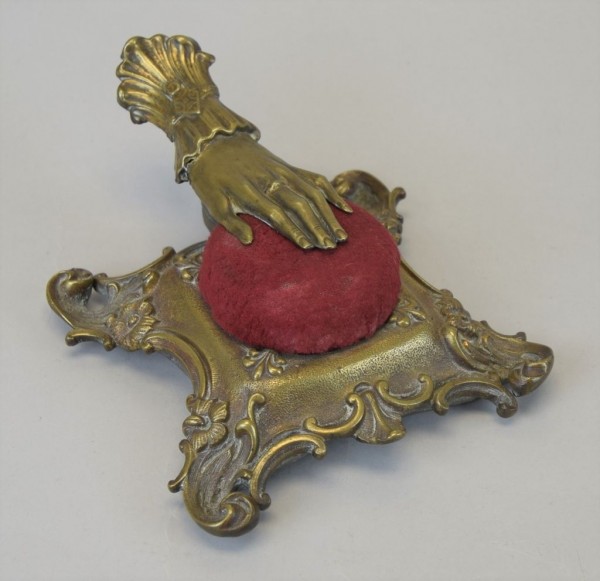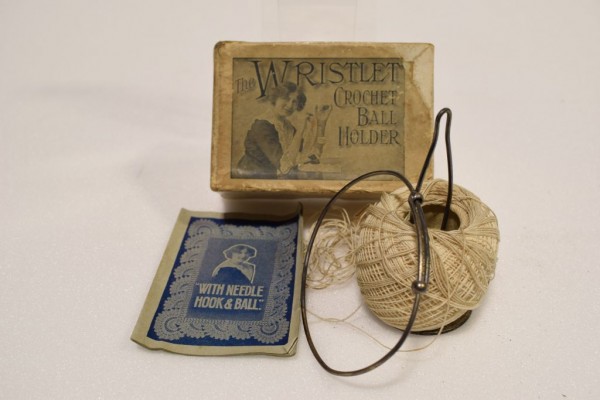Gallery
Explore some highlights of our collections in pictures.

Keeping Up Appearances : Dentures
Before widely available dental care, the only solution for toothache was usually extraction. Dentures or false teeth have been found that date back thousands of years but they were expensive and out of reach of most people. This all changed when a flexible rubber called Vulcanite was developed in the 1800s, meaning dentures became more affordable.

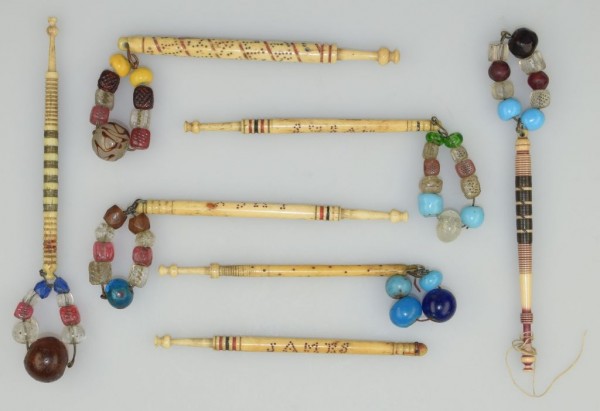
Homespun : Lace Bobbins.
Lacemaking was a cottage industry drive by the fashion for lace trimmings on clothing and accessories. Before the invention of a machine made lace (the first reliable machine was produced by John Heathcoat in Loughborough in 1809 and as reportedly the subject of a Luddite attack), much lace that was produced was bobbin lace. This was created using many threaded bobbins like these on a pillow to create the complex designs. These bobbins are made from bone and some have 'spangles', glass beads to make the bobbins heavier to keep the tension of the thread.

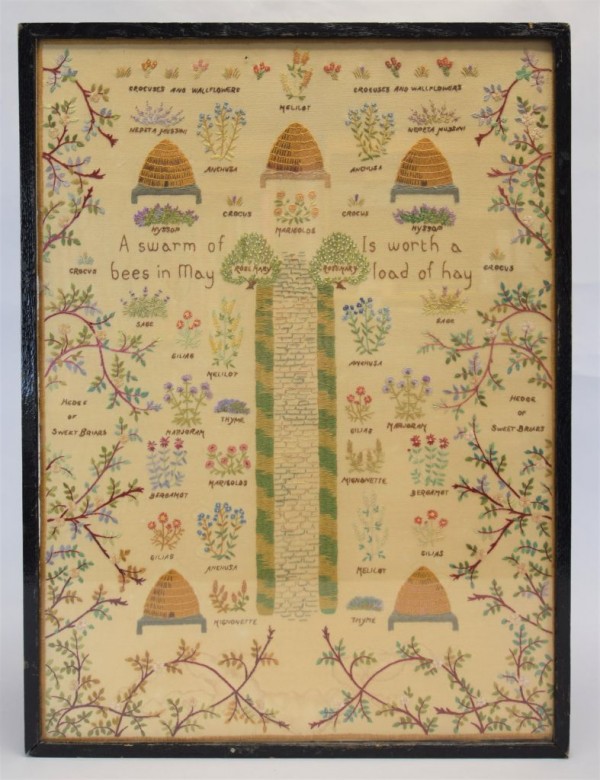
Homespun : Framed sampler 'A Swarm of Bees in May is Worth a Load of Hay'.
With embroidered images of beehives, flowers and herbs.
Needlework samplers began as a reference point for stitches and designs, and soon became a way for children to practice and showcase their needlework skills. Many incorporated quotes from the Bible or popular sayings. We do not know who made this sampler or when it dates from.

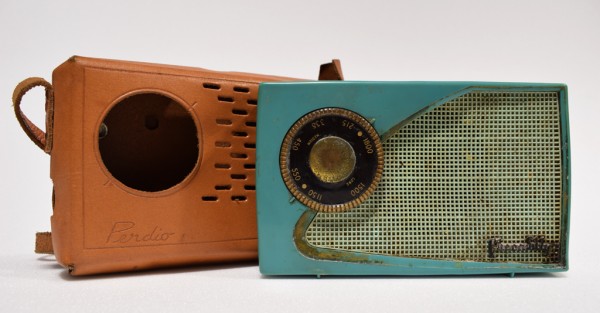
Labour Saving and Entertaining: Perdio Portable Transistor Radio, late 1950s
Until the invention of the electronic transistor, radios had been large static devices that the whole family would sit around. In the late 1950s, small, portable transistor radios like this were all the rage for the newly identified teenager. With a socket for an earphone and a leather carry case, this small Perdio model (the brand name comes from Personal Radio) was perfect for listening in your bedroom or to take out and about.


